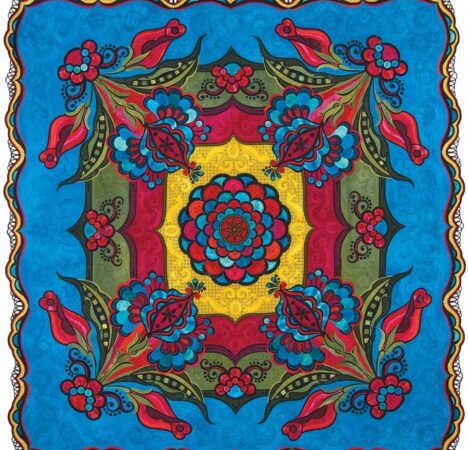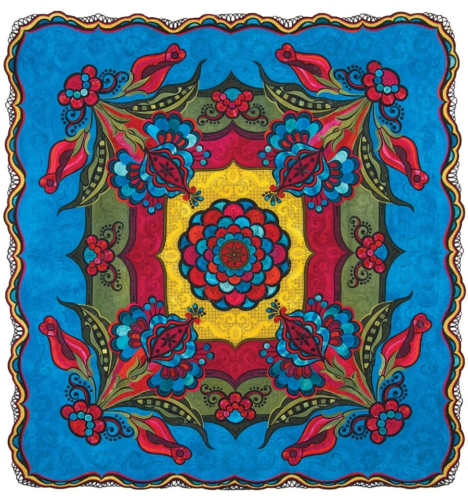It’s not photography, oil paintings or other objects as you might first think: there are just many amazing quilts. 40,000 annual visitors come to see the impressive pieces at the National Quilt Museum, and if you add the traveling exhibitions, this form of art delights over  110,000 people every year. 27,000 square feet of exhibit space located in historic downtown Paducah, Kentucky and dedicated to one type of items: quilts and fiber art.
“If not already a believer, everyone who visits the museum leaves converted as to the magnificence behind the museum’s many masterpieces,” says Museum CEO Frank Bennett . “What’s more, he says, they come away with a new sense of respect for what’s been one of the most misunderstood, yet growing art forms in the world.”
“In every way, quilting is as much art as a sculpture or a painting is art. Today’s top quilt artists are on par with world-class artists of all kinds, and that’s why people travel from all over the globe to visit The National Quilting Museum.” In addition to running the Museum, Bennett is a passionate advocate for quilting as an artform and vital form of artistic expression, often speaking and writing on the topic,†explained Bennett, a 37-year-old business writer and former consultant.
It is no surprise that there is such a museum and that it has so many visitors, as 14% of US households include at least one quilter, with an estimated 21 million quilters nationwide according to the Quilting in Americaâ„¢ 2010 study.
“Quilting keeps building its following, yet it’s an artform that’s doesn’t always get the respect it deserves,” Bennett says. “Unfortunately, quilting has often been seen as second-tier art largely because the most-esteemed quilt artists are women, and some people within our society still don’t truly respect women as equal in art circles. For example, I often ask an audience of people not involved with the arts to name one woman artist who is nationally respected  most can’t do it. They can name Picasso, Monet, Dali, and several other famous men, but no women. Getting quilting on the radar of the arts requires eradicating such stereotypes and their symptoms. If a person truly judges the work without any bias toward the artist or the materials, they will see that it deserves the same respect that other forms of art receive.”
It is indeed a really interesting museum, don’t you think? Do you plan on visiting it?



 By
By 




